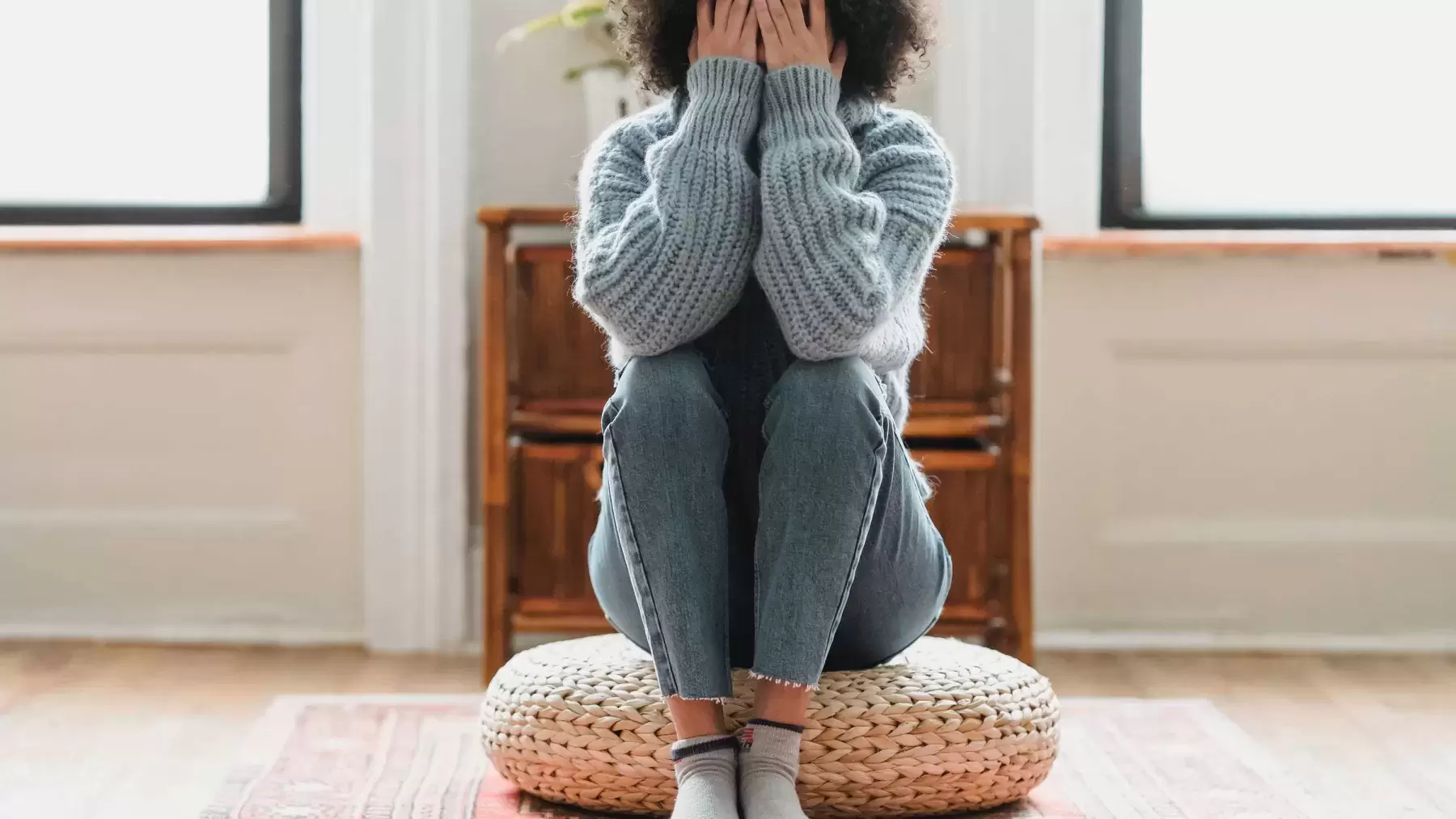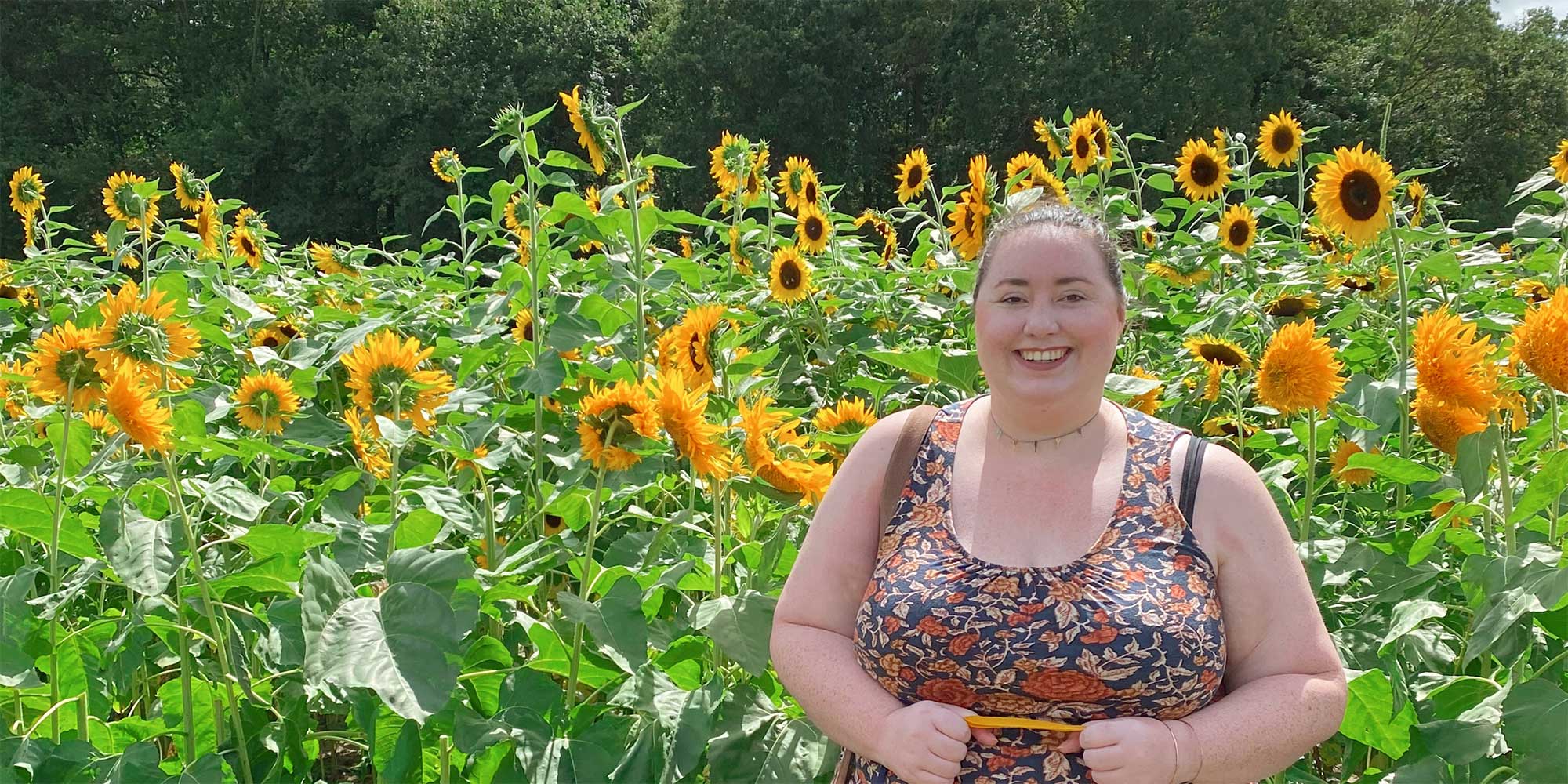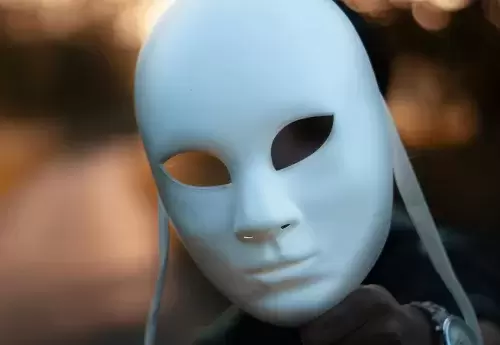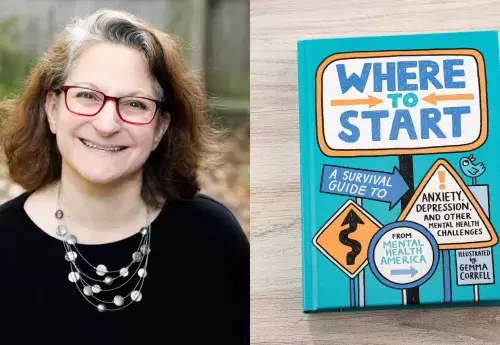
Content warning: Suicide and suicidal ideation.
If you or someone you know is struggling or in crisis, help is available. Call or text 988, or text MHA to 741741.
At 18 years old, I had my suicide attempt. The attempt frightened me to the point that I realized I wanted more for myself in life, and I had to learn how to advocate for myself so I could finally begin my healing journey. Therapy, medications, support, writing, art, and a desire to keep fighting keep me stable and well.
Next month marks 10 years of me surviving that attempt.
I was diagnosed with depression as a teenager and later discovered as an adult that I also struggle with bipolar disorder. It used to be a delicate balance when the bipolar was unknown and I’d cycle back and forth between mania and depression. Today, I am comfortable in my state of euthymia – which is known in psychology as living in the middle ground between highs and lows with no mood disturbances.
Research shows that between 25% and 60% of people with bipolar disorder will attempt suicide at least once in their lives. We sufferers are a vulnerable population, so it’s important for us to know the warning signs, learn coping skills, and show ourselves deep compassion.
I still have blips of depressive episodes once or twice a year, but I have a wide array of therapeutic skills and support available to me, as well as a healing brain with a more developed prefrontal cortex. The suicidal ideation I experienced as a teenager was severe due to not having the proper diagnosis or adequate support. In my suicidal ideation, I never fully wanted to leave my life; I truly just wanted the pain to stop and to no longer feel like a burden – there is a distinction there.
I do everything within my power to be well, but sometimes triggers occur. During my last depressive episode last winter, the thought that repeated in my head constantly as a teenager reared its ugly face in my consciousness again: “I want to die.” While this thought was accompanied by a bottomless, hopeless sadness, I was able to come out of the darkness through self-compassion and reaching out to my people. My support network consists of my therapist, close friends, mentors, and family. I am also fortunate to have community at my fingertips with social media; I feel well connected in my life despite the struggles that arise. After reaching out and being reassured that I am not alone and that I am loved, I was able to feel like Lexie again.
That thought recently resurfaced. I experienced some losses, and to my dismay, “I want to die” popped into my head once again, unannounced and unwanted. I prepared myself for the agony, the keeling over in physical pain, and the perpetual sobbing from overwhelming emotional anguish. The pain did not come though. There was a pause within me upon hearing my inner monologue say it, but not a silence of desperation trying to conceal pain flowing from invisible wounds. Rather, there was a stillness of relief, and I became curious: “Why am I thinking that I want to die, but the old feelings aren’t accompanying the thought? This feels so different.” The trigger brought up a lot, but the redirection following the thought surprised and then comforted me. I also did not fall into a depressive episode this time.
Although the intrusive thought acted as the ingrained reflex, in this moment of clarity, I began supplying my brain with fact-checking. I was thinking about how I feel comfortable and confident in who I am. I feel appreciated in my professional and personal life. Those four words were once raising alarms in my brain, and now I can brush them off as the harmless remnants of ashes floating around after a winning battle. The fire of hope burns bright within me today. I want to be alive.
Many of us return to old pain in times of struggle to validate or just feel some semblance of safety. Self-harming behaviors were what I’d naturally curl up in whenever I felt hopeless. Being in recovery and having community now, I feel immense comfort in my peace and joy – it’s no wonder this resurfaced thought felt so foreign. It doesn’t serve me anymore.
We may have 60,000 thoughts a day, but not every thought is useful – or true. Seeing that phrase for what it was, one born from shame and sadness and not depressive darkness, I knew those emotions were natural and human. The thought may repeat, but the approach evolved.
I hope that if you have ever experienced similar depressive thoughts, that you also can experience relief from the heaviness of these words. Even amongst the sadness and pain, there are infinite beautiful things in this world – and you are included in that scope of beauty. We are worth the time it takes to heal.
Let us use National Suicide Prevention Month to remember those we have lost, remember those who have fought and continue to fight so very hard for inner peace today, and encourage those around us that life is worth living.

Lexie Manion works in health care and is a writer, artist, and mental health advocate. Learn more about her here.
###
The views and opinions expressed in this blog solely belong to the author, and external content does not necessarily reflect the views of Mental Health America.




